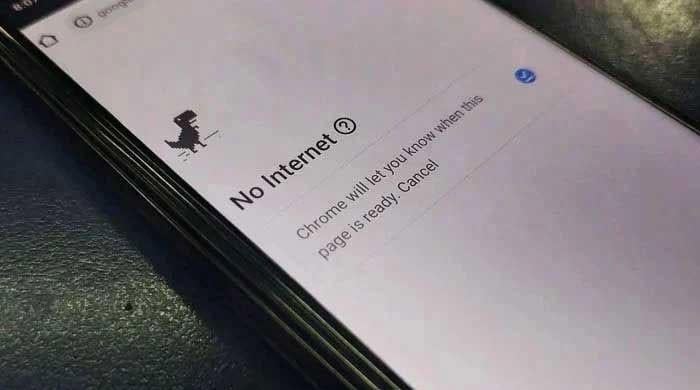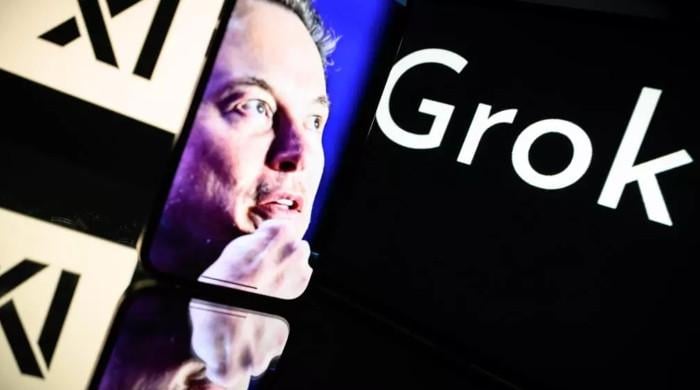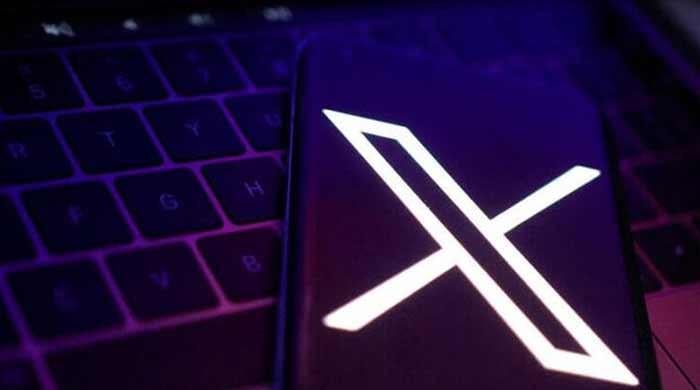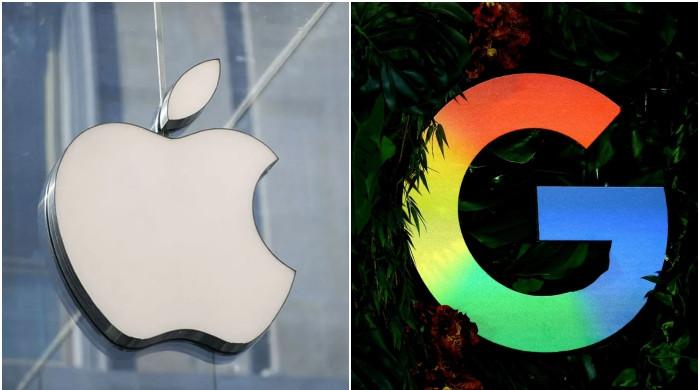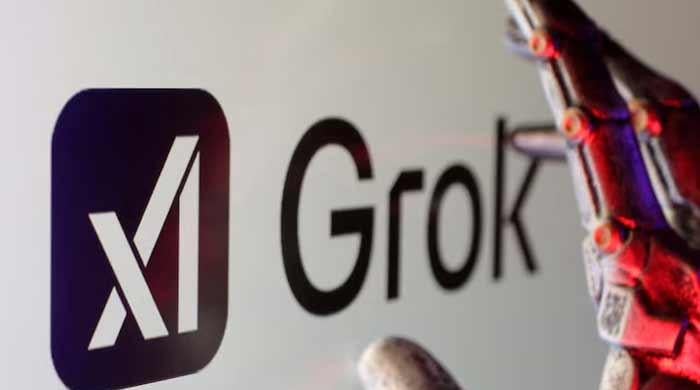'Scary Barbie' in space? Scientists discover supermassive black hole
Supermassive black hole lasted for more than 800 days as most such objects only last for weeks
May 02, 2023
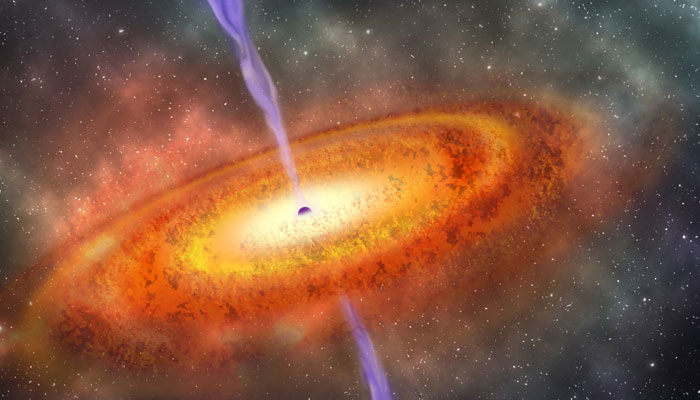
Scientists have discovered a star-eating supermassive black hole in deep space terming it “Scary Barbie".
Scientists said it has terrifying powers and called it one of the "most luminous, energetic, long-lasting transient objects found in a forgotten corner of space.
Bhagya Subrayan, a Purdue University graduate student, noted that “researchers believe the black hole pulled in a star and ripped it apart, in a brutal process called "spaghettification".
The discovered supermassive black hole was written in The Astrophysical Journal Letters and was assigned a random designation ZTF20abrbeie. Its designation allowed its name to be "Barbie".
The discovery of this supermassive black hole was detected by a Purdue lab's artificial intelligence (AI) engine — the Recommender Engine For Intelligent Transient Tracking (REFITT) — which was not spotted by the space explorers.
The lab’s AI engine REFITT went through millions of alerts and helped researchers find interesting objects in space.
"If you take a typical supernova and multiply it a thousand times, we're still not at how bright this is – and supernovas are among the most luminous objects in the sky," said Danny Milisavljevic, an assistant professor of physics and astronomy.
Danny said: "This is the most energetic phenomenon I have ever encountered."
A team of "supernova sleuths" found that Scary Barbie's brightness "exceeds any observed or theorised supernova," leading experts to classify the event as a tidal disruption, where material from a torn star is blown away by a black hole.
The supermassive black hole is regarded as transient which means it appears, disappears, or makes changes to it over the span of just hours or days – rather than centuries or millennia.
This transient has lasted for more than 800 days as most such objects only last for weeks.
According to data, it could be visible for several more years, a duration "unlike anything we've ever seen before," Subrayan said.
according to the study, researchers are hoping continued observation using NASA's James Webb and Hubble Space Telescopes will eventually allow them to identify Barbie's host galaxy. The object is "still evolving,".
"Discoveries like this really open our eyes to the fact that we are still uncovering mysteries and exploring wonders in the universe — things no one has ever seen before," Milisavljevic said.




